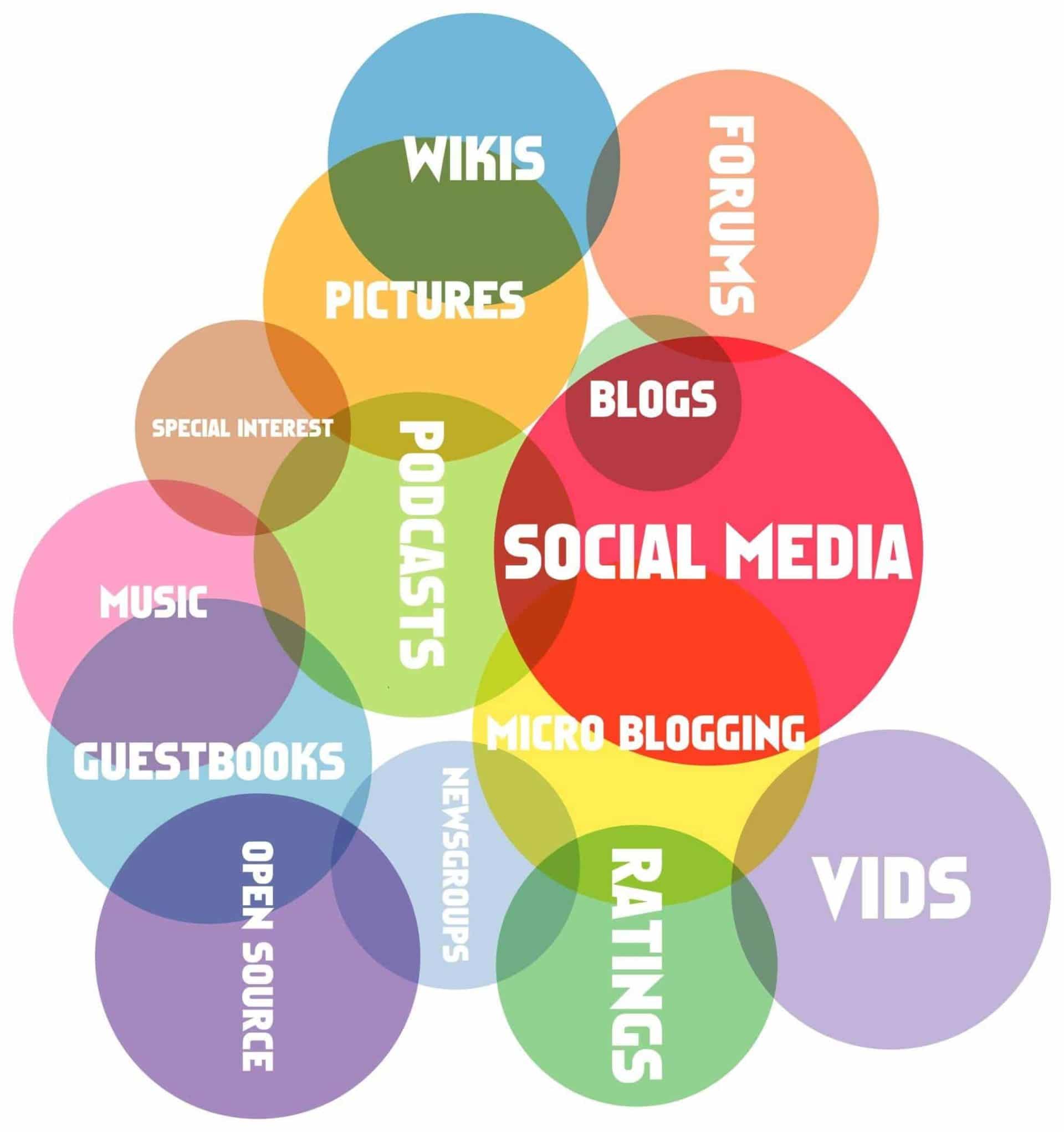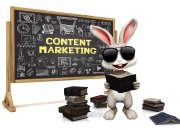
2014 is finally the year when content marketing stops being an option.
By all indications, it is now a mainstream discipline in all marketing departments. Pop-up ads are so yesterday – interactive websites are now in. Responsive web design is all over the place, striving to capture audiences’ ever-shorter attention span and to turn them into loyal followers of a brand. As small and big B2B businesses alike confirm, this is the toughest goal yet to achieve.
But mastering content marketing is definitely not impossible. Many companies have already figured out how to maintain brand identity and appeal to customers who share the same goals and ideals. So let’s nail down how are businesses using content marketing, why they need it to generate profit, and what are the steps to follow to finally get it right.
The Current State of Content Marketing for B2B Businesses
94 percent of all B2B small businesses use content marketing.

Surveyed by the Content Marketing Institute in collaboration with Outbrain, nearly 400 small companies (10-99 employees) talked about the way they approach content marketing. On average, they:
- Used 12 contact marketing tactics
- Among these, social media (other than blogs) was used most often as a content marketing technique, followed by web articles(personal websites and others), eNewsletters, case studies, videos, white papers, webinars, research reports, infographics, eBooks, etc.
- Believe in-person events are the most effective way content marketing strategy, but they also credit books and blogs to reach an audience
- Use 5 social media platforms, focusing more on LinkedIn (83%), Twitter (81%), Facebook (80%), YouTube (62%), and Google + (40%).
- Perform content creation mostly in-house, outsourcing it much less frequently than enterprise marketers
- 57 percent of them are planning to expand content marketing budgets over the next year
- 30 percent of them believe their content marketing strategies are truly effective
What Are the Top Content Marketing Goals?

When asked about their content marketing goals, B2B small businesses almost unanimously declared that brand awareness is their main priority. Defined as “the percentage of customers in a market who can recognize a brand,” brand awareness is the Holy Grail of marketing, able to get your foothold in the market, achieve identification and obtain loyalty, add value, and reduce expenditures. But how do businesses measure the effectiveness of their branding program?
Experts use two techniques:
- Brand Recall: Defined as “customers’ ability to remember a product or brand name,” brand recall is just about your toughest goal when it comes to acquainting customers with your brand. You want them to think of your brand or conjure images of your products when they think about a category, and that’s certainly going to give you a competitive advantage
- Brand Recognition: “The extent to which a customer can correctly identify a particular product of service after viewing the product or its logo, tagline, packaging, or advertising campaign.” More than knowing that your brand exist, customers are able to point it out among competition, and this will surely influence their buying decision.
Customer Acquisition & Retention is another immensely important goal of content B2B marketers. Customers today are more informed, more empowered, and have higher standards than ever before. They are also less loyal and prepared to switch brands at the slightest dissatisfaction. Therefore, small and large businesses alike have made it their top priority to achieve high performance, thus being able to attract, engage, and retain loyal followers of their brand.
Thought leadership, another buzzword dominating the media these days and quoted by many B2B small businesses among their content marketing goals, is many times misunderstood and misused. Its best definition points it out as “content that is recognized by others as innovative, covering trends and topics that can influence an industry.” To some, thought leadership is the incentive or the challenge that attracts people to a company. To others, thought leadership means becoming an authority in your niche and being able to address all your audience’s questions.

Needless to say, customer engagement and sales increase (which go hand in hand), are top priorities driving marketers’ efforts. One of the biggest shifts in marketing over the past decade is the focus moving from the product – and its benefits – to the customer – and his/her needs. Creating a meaningful and lasting relationship with customers leads to customers valuing your brand and becoming loyal to its products, no matter what they are.
And finally, lead management is the process that involves “identifying, educating, engaging, and qualifying potential buyers” before pitching to them. Because the process of weeding out potential buyers from window shoppers is lengthy and difficult, businesses need to develop effective lead management strategies to address directly the “qualified leads.”
Want to know why is imperative for your small B2B business to produce and share valuable content? Stay tuned for the second part of this series, and you’ll learn all about rocking content marketing.





 Want 2017 SEO Success Factors at a Glance? Check Out This “Periodic Table”
Want 2017 SEO Success Factors at a Glance? Check Out This “Periodic Table” The Comprehensive Guide to How Content Marketing Can Grow Your Business
The Comprehensive Guide to How Content Marketing Can Grow Your Business Content Marketing for Small Businesses: Are You Reaping the Benefits or Sabotaging Yourself? (Part 3)
Content Marketing for Small Businesses: Are You Reaping the Benefits or Sabotaging Yourself? (Part 3) Content Marketing for Small Businesses: Are You Reaping the Benefits or Sabotaging Yourself? (Part 2)
Content Marketing for Small Businesses: Are You Reaping the Benefits or Sabotaging Yourself? (Part 2)